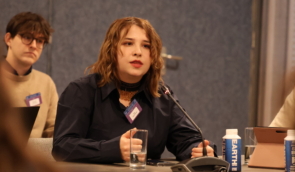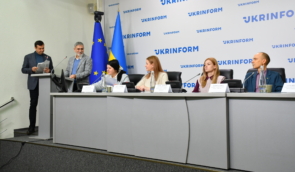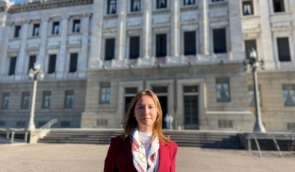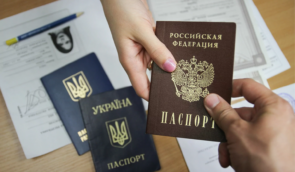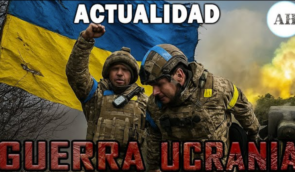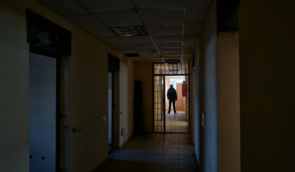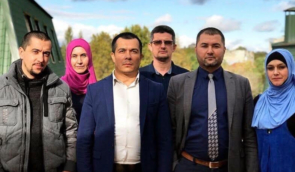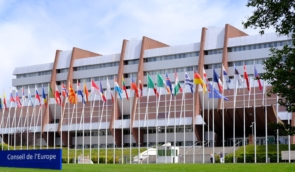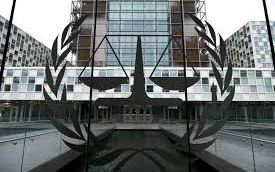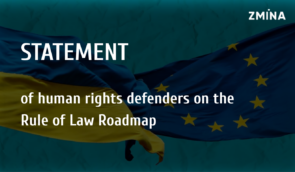Civil society has initiated an art project dedicated to Ukrainian civilians held hostage by Russia
Non-governmental organizations Common Sense Communications and PR Army started the “Art for Freedom: Unseen Civilians” project to draw the attention of the world community to Ukrainian civilians who are illegally held in Russian prisons. The project will create works of art that will be shown at exhibitions that will be held this year in November-December in Germany, Portugal and France.
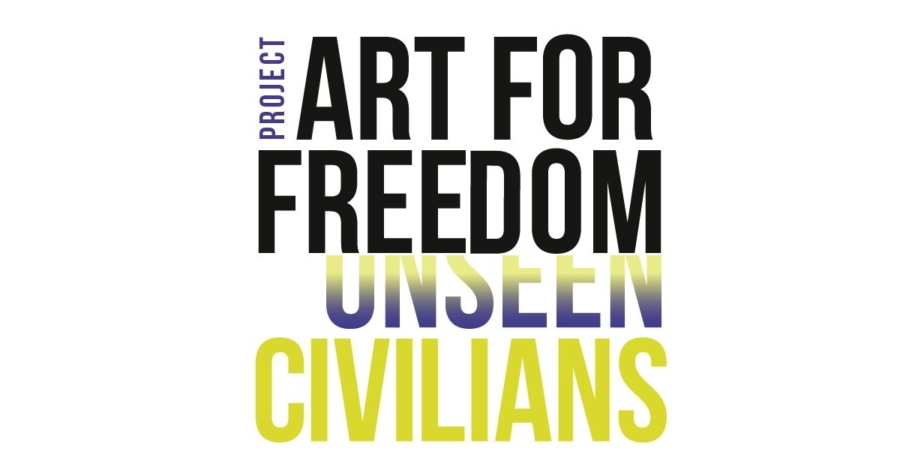
The art curator of the “Art for Freedom: Unseen Civilians” project will be the well-known Ukrainian Illustrators Club Pictoric. Ukrainian and foreign artists plan to create 10 illustrations with the stories of civilians kidnapped and imprisoned by the Russians. You can find out about the fate of these people using the QR code on the posters. The goal of the project is to mobilize international pressure on Russia for the return of civilian prisoners.
According to Oleh Hryshchenko, the Art Curator of the project and Co-founder of the Pictoric Illustrators Club, together with his partners, he held more than 70 exhibitions around the world. In his opinion, it is through art that the truth about the war in Ukraine can be conveyed to the world community.
“This is a very universal and democratic language that is able to “trigger” the audience regardless of their social status. They can be diplomats, managers, the creative community or just ordinary people. And this is really a great strength,” Oleh Hryshchenko emphasized.
Khrystyna Shkudor, Advocacy Manager of the campaign “Where Are Our People?” the NGO “PR Army” noted that the international community does not know about the detention of kidnapped Ukrainian civilians in Russian prisons.
“Thousands of kidnapped Ukrainians ended up behind bars in Russian prisons on trumped-up charges. No one can name the exact number of illegally detained and convicted civilians, but human rights defenders say it is tens of thousands of people. There are no legal mechanisms for their release. All Ukrainians living in the temporarily occupied territories are potential hostages. We have to draw the attention of the whole world to our compatriots,” said the advocate.
Yelyzaveta Sokurenko, Head of the War Crimes Documentation Department at the Human Rights Centre ZMINA, noted that Russians commit arbitrary detentions, sexualized torture, ill-treatment, abductions, and extrajudicial executions in the temporarily occupied territories.
“Our research shows that Russia implements a systematic and large-scale practice of persecuting the civilian population under occupation. In individual settlements, in small villages, where at least one family has not taken Russian citizenship, we know about the pressure, the use of torture against these people, about their creation from their land by Russian forces,” Yelyzaveta Sokurenko said.
According to Anastasiia Pantelieieva, Head of the Documentation Department of the Media Initiative for Human Rights, it is extremely difficult to determine where a person is being held, the charges against him, his sentence, status or condition.
“There are also so-called “frozen persons” – people who are kept without contact with the outside world, have no access to anyone. Often, the only way to find out about them is the scattered stories of other detainees, who can remember hearing their name during the roll call or in the corridor, which allows us to conclude that they are still alive,” Anastasiia Pantelieieva emphasized.
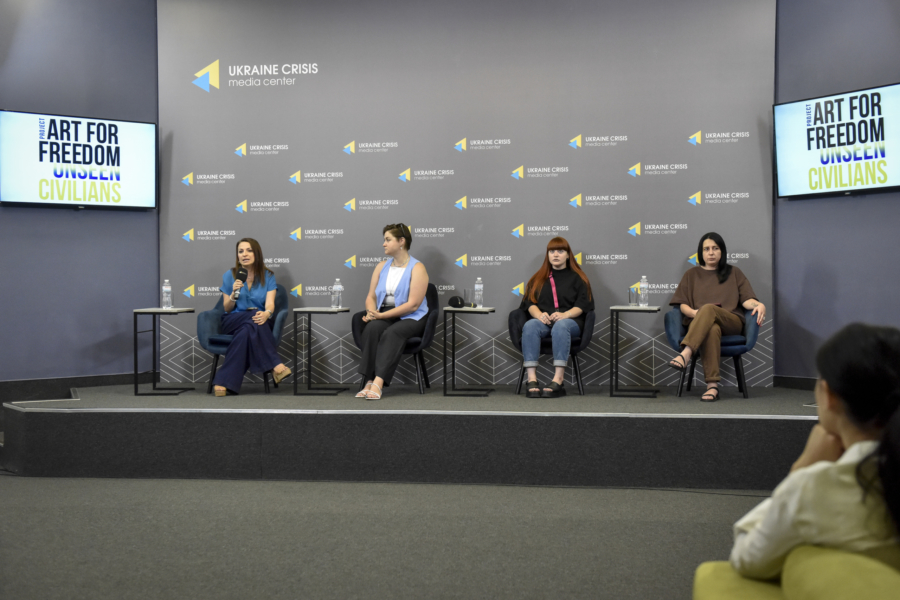
Maryna Hovorukhina, a Strategic Communications Specialist at Common Sense Communications, emphasized the importance of covering the topic of civilians illegally detained by Russia in foreign media. “International publicity is an important mechanism that really works. For this, we have been conducting information campaigns in the EU (in particular, in Germany) for two years. We call on Europeans to become the voice of Ukrainian hostages, to share their stories, to put pressure on local politicians,” she said.
According to Oleksandra Romantsova, Executive Director of the Center for Civil Liberties, the initiative “Tribunal for Putin” (T4P), art space and art channels are what can help form such a vision, an emotional reaction to such stories. “We know that people’s attention periodically switches from Ukrainian problems, and therefore it is necessary to remind that every political object outside Ukraine can influence people to return home alive,” the activist urged.
Reference
PR Army – an independent non-profit organization of Ukrainian communication experts. The team works with global media and connects Ukrainian war witnesses, officials and subject-matter experts with international journalists. The mission of the PR Army is to help Ukraine win the information war against the Russian Federation and build the image of Ukraine as a democratic and independent European country. Created a few hours after Russia’s full-scale invasion of Ukraine on February 24, 2022.
Common Sense Communications – a public organization that started its work in 2021 and is part of the Comms Hub – a global network of organizations working in the field of pro-democracy strategic communications. The mission of Common Sense Communications is to bridge the gap between non-governmental organizations and their target audiences through professional communication that will contribute to the formation of a society based on transparency, inclusiveness and cooperation. We promote the protection of human rights by forming sustainable systems of strategic communications and counter disinformation by fostering the purity of the information space.
If you have found a spelling error, please, notify us by selecting that text and pressing Ctrl+Enter.


